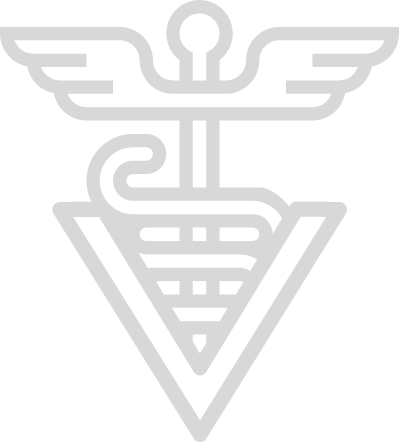
YOU ARE OBSERVING
Eye has Swollen Pink Tissue inside Corner
Summary
Protrusion of the third eyelid over the eye can indicate a variety of other problems, including severe body-wide diseases like tetanus.
-
Code Red
Call Your Vet Immediately, Even Outside Business Hours- If you notice any change in appearance of the eye itself.
- If you notice other problems with the eye or the eye seems inflamed and painful.
-
Code Orange
Call Your Vet at Their First Available Office Hours- If the eye appears otherwise normal.
- The eye does not seem painful and the horse does not seem distressed.
your role

What To Do
Given the importance of your horse's sight and the wide range of conditions that could be causing this, do not allow this condition to continue or worsen over time. Take a photo and send it to your vet. Protect the eye with a fly mask until your vet can evaluate the problem.
Skills you may need
Procedures that you may need to perform on your horse.
your vet's role

- Does your horse seem normal otherwise?
- How does it compare to the other one?
- How long have you noticed this?
- When did you first notice this?
- Can you send me a photo of the problem?
- How is your horse's attitude and appetite?
- Has the horse had any other signs of a problem?
- How does it compare to the other eye?
- What are the results of the Whole Horse Exam (WHE)?
Diagnostics Your Vet May Perform
Figuring out the cause of the problem. These are tests or procedures used by your vet to determine what’s wrong.
Diagnoses Your Vet May Consider
The cause of the problem. These are conditions or ailments that are the cause of the observations you make.
Treatments Your Vet May Recommend
A way to resolve the condition or diagnosis. Resolving the underlying cause or treating the signs of disease (symptomatic treatment)
further reading & resources
Helpful Terms and Topics
Written, reviewed or shared by experts in equine health
